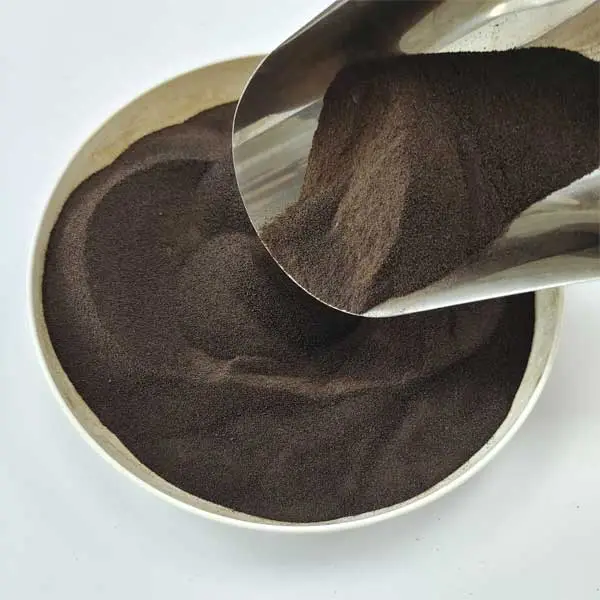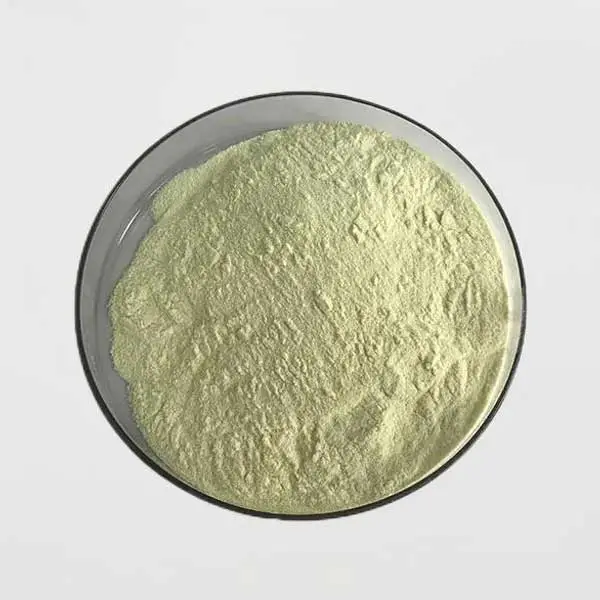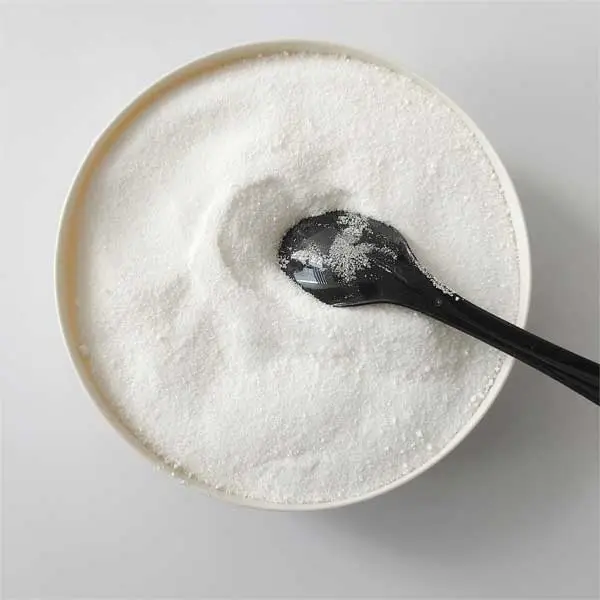Effect Of Polycarboxylate Superplasticizer On Concrete: Slump Increase
In recent years, the development of high-rise buildings is getting faster and faster, and the construction of pumped concrete requires more and more high adhesion, water retention and stability of ready-mixed concrete. In order to meet the construction requirements of pumped concrete in high-rise buildings, ready-mixed concrete enterprises are forced to have higher and higher requirements for ready-mixed concrete raw materials. Therefore, in recent years, the application of polycarboxylic acid superplasticizer admixtures has become more and more common, gradually replacing the application of naphthalene admixtures in the ready-mixed concrete process. However, although the polycarboxylate superplasticizer admixtures solve the requirements of high-rise pumping and durability of ready-mixed concrete, the polycarboxylate superplasticizer admixtures are very sensitive to the fluctuations of concrete raw materials and environmental conditions, resulting in various problems in the construction of ready-mixed concrete. For example, the slump of ready-mixed concrete increases, especially in winter, this phenomenon is more common, and the ready-mixed concrete mixing station is always vaguely solved.

The reasons are as follows:
1. This is determined by the properties of the molecular structure functional groups of the polycarboxylate mixture itself. At low temperature, the adsorption rate of the particle is slow, and the concrete can not reflect the water reduction rate of the polycarboxylate superplasticizer admixture. After transportation time, polycarboxylic acid superplasticizer admixtures play a full role, resulting in the increase of slump and even segregation of concrete on site;
2. In winter, when the mixing station is produced, steam or electric heating is generally used to heat the mixing water. However, in the production process, the water flow speed is fast, and the temperature of the heated water can not keep up with the rise, resulting in a large difference in the temperature of the mixing water before and after the truck, which affects the adsorption time of admixture molecules and cementing material particles, and thus affects the change of concrete slump.
3. Due to the large output of concrete in the mixing station, in order to meet the supply demand, the mixing time of concrete is shortened, resulting in the slump of concrete after the machine is not a true reflection of polycarboxylic acid superplasticizer admixtures.
Solution:
(1) The compatibility test of polycarboxylate water reducing agent admixture with the used cementing material is carried out in advance to ensure that it meets the requirements of water reduction rate and concrete workability;
(2) Minimize the temperature change of the mixing water used in the mixing station. If conditions exist, set two water tanks for alternating heating;
(3) Extend the mixing time to ensure sufficient contact time between polycarboxylic acid superplasticizer admixtures and gelling material particles;
(4) Adjust the mix ratio, increase the stability of concrete, reduce the amount of admixtures, and reduce coagulation.
Recommended Products
Related News About Construction Chemicals

 English
English 



